The United States Navy’s 11 nuclear-powered aircraft carriers — 10 of the Nimitz class and one Gerald R. Ford class — are the largest surface combatants in the world. The largest non-carrier surface combatant is the Pyotr Velikiy, one of four Russian Navy’s Project 1144 Orlan, or Kirov-class battlecruisers originally that were designed for the Soviet Navy at the end of the Cold War.
Originally to be named Yuri Andropov, the former General Secretary of the Communist Party, it was renamed in honor of Czar Peter the Great. Current plans call for the ship to be retired due to age and high maintenance costs.
Two of the other vessels of the class were retired from service, while the third, the Admiral Nakhimov, was mothballed in 1999 only to begin a modernization effort a decade ago.
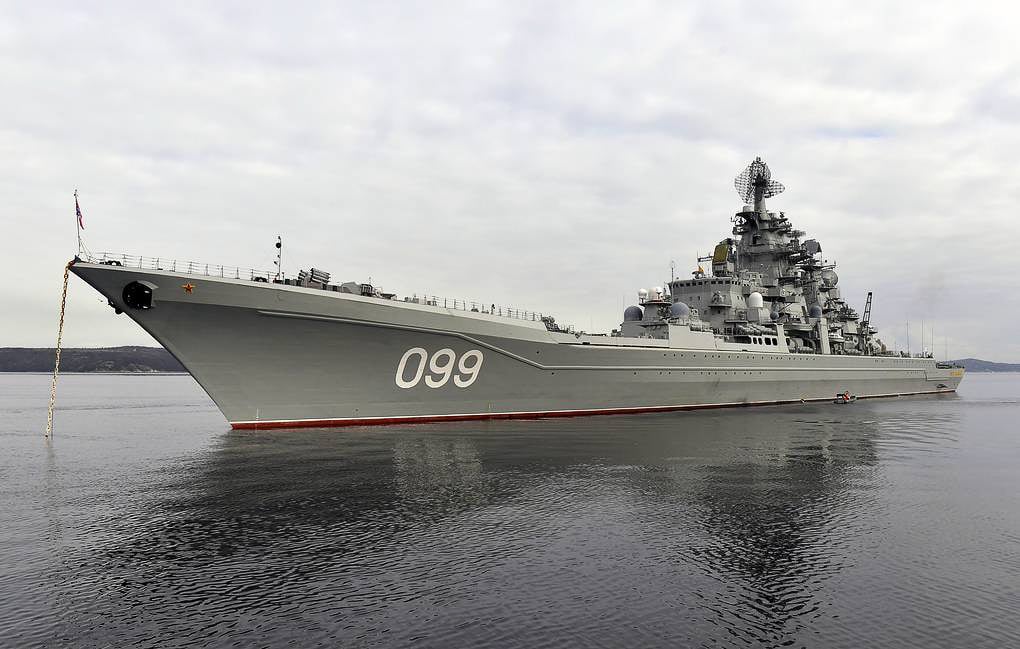
However, the bigger question is whether such large warships have a place in 21st-century naval combat. Are these vessels suitable for modern combat, or are they just massive floating targets? While supporters of battleships might not like to hear, there is a case that they were always just oversized targets.
Mystique of the Battleship
Perhaps because of the battleships that saw service during the Second World War, and which were returned to service at the end of the Cold War, there remains a certain mystique. The 1992 Die Hard clone Under Siege certainly helped remind audiences of the power of the massive warships.
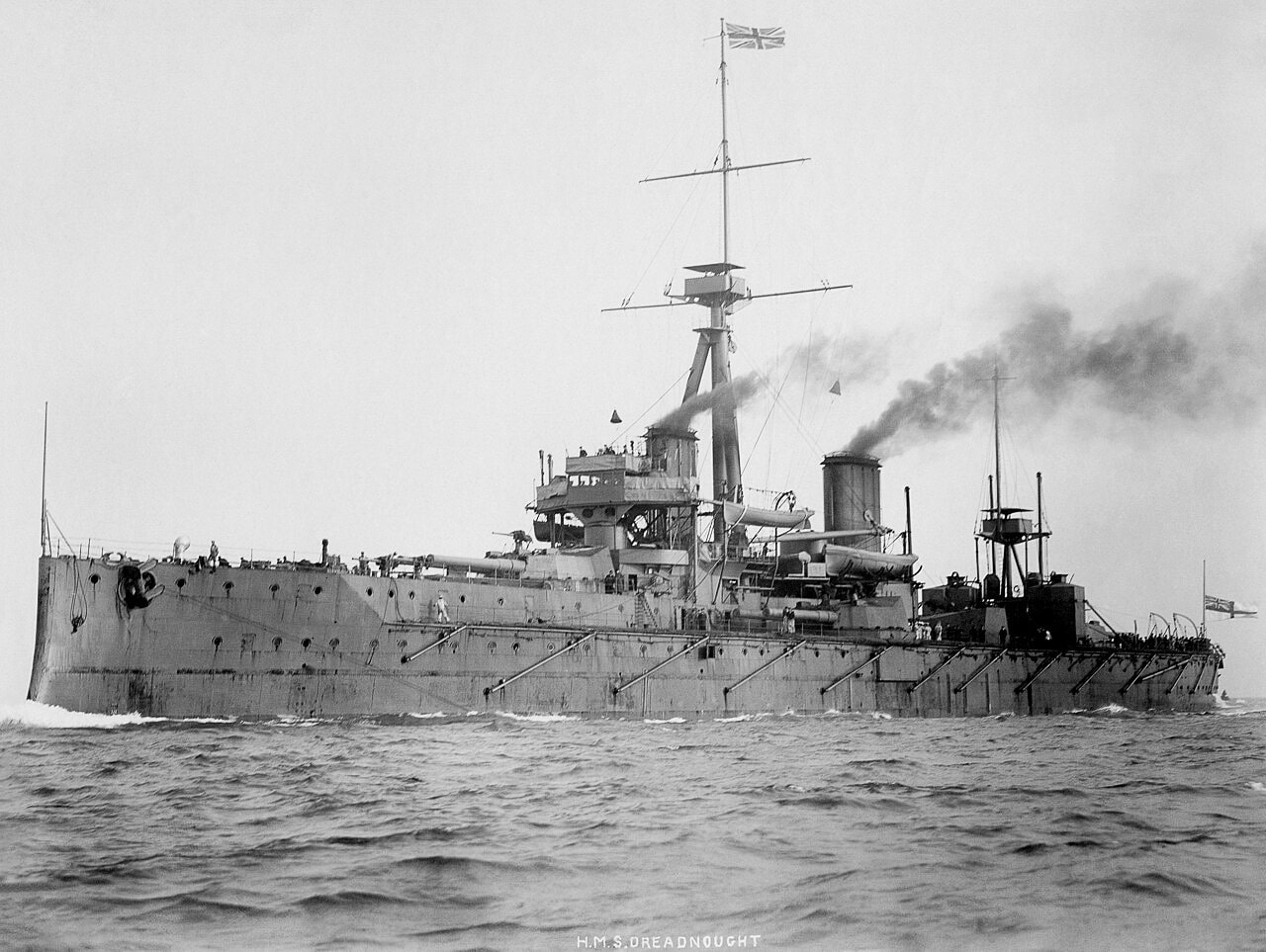
Yet, the truth is that while the last U.S. Navy battleships still seemed capable surface combatants in the post-Cold War era, the “Age of the Battleship” had long since passed. It could even be argued it didn’t last that long.
Though the term “battleship” predated what we associate with the floating fortresses of the 20th century, the age began in February 1906 when the Royal Navy launched HMS Dreadnought. So significant was that one warship that all existing battleships were deemed essentially obsolete — and those vessels before her launch were retroactively designated “pre-Dreadnoughts.”
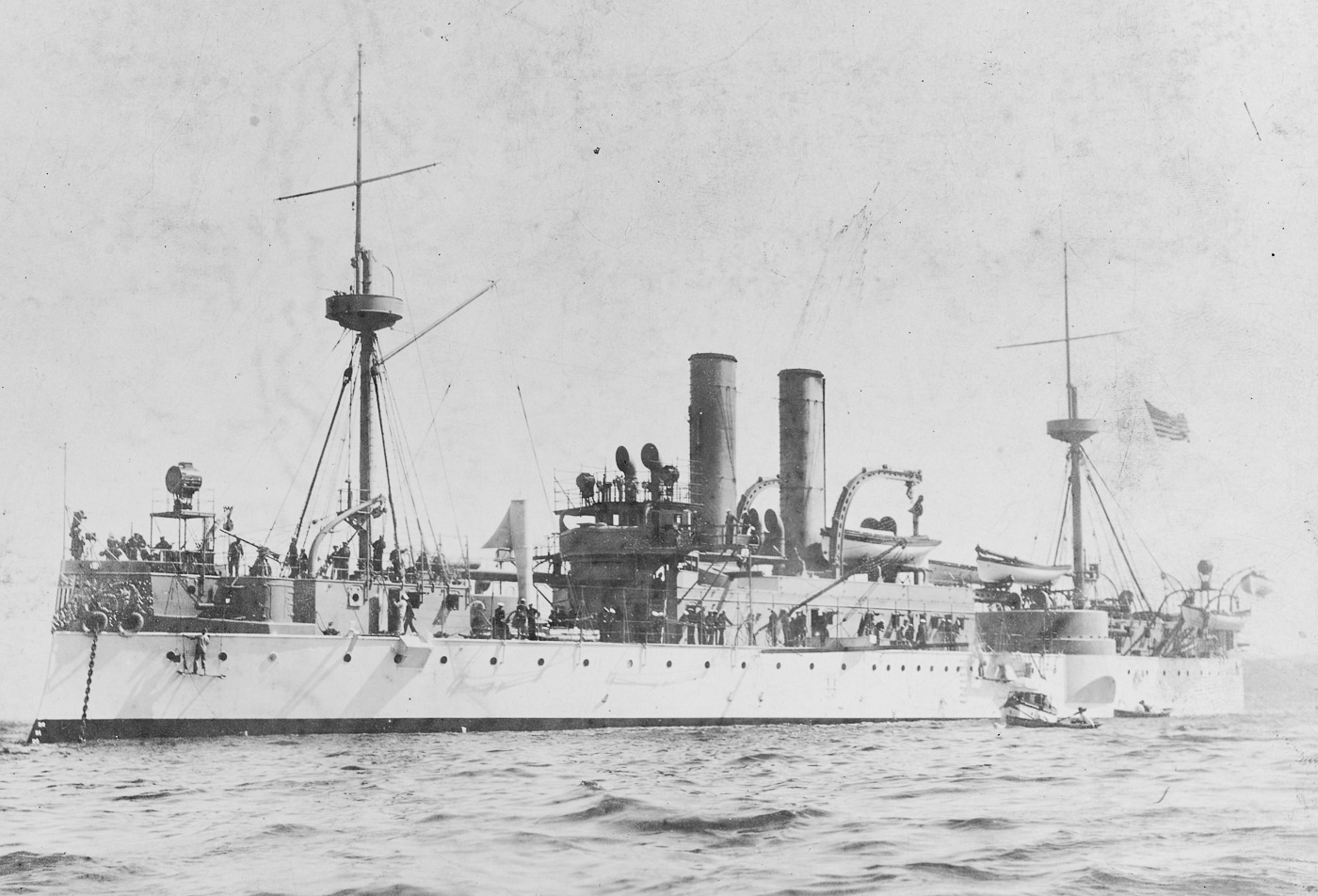
It is beyond the scope of this article to go into significant details about HMS Dreadnought, but the point remains that her arrival marked a major turning point in the evolution of warships. She was the first “all big gun” warship in the world, and the first capital ship to have an all-turbine powerplant, which made her the fastest battleship at the time of her commissioning. Yet, there was nothing particularly radical about the armament, and other designers were already envisioning warships as capable, but the Royal Navy just got there first.
Perhaps even more importantly, HMS Dreadnought was quickly built — which was meant to highlight to the world that the UK could produce an unassailable fleet of battleships. Instead of giving the Royal Navy an advantage, her construction sparked a naval arms race, as nations around the world sought to build Dreadnought-like warships.

Despite being the catalyst that led to a new era of battleships, HMS Dreadnought never fired her guns in anger at a surface target. She was sold for scrap in 1921 and broken up in 1923. By that time, even larger and more capable warships had been built.
The other great irony of the Age of the Battleship is that nearly five months before HMS Dreadnought was even laid down, the only true battleship vs. battleship engagement had already been fought.
Battle of Tsushima
It is also beyond the scope of a single article to offer the history of the Russo-Japanese War, but the important points to note are that the Russian Navy suffered its worst defeat in its more than 300-year history. The precursor to that infamous battle should have served as a warning sign — one that was ignored, and with deadly consequences.
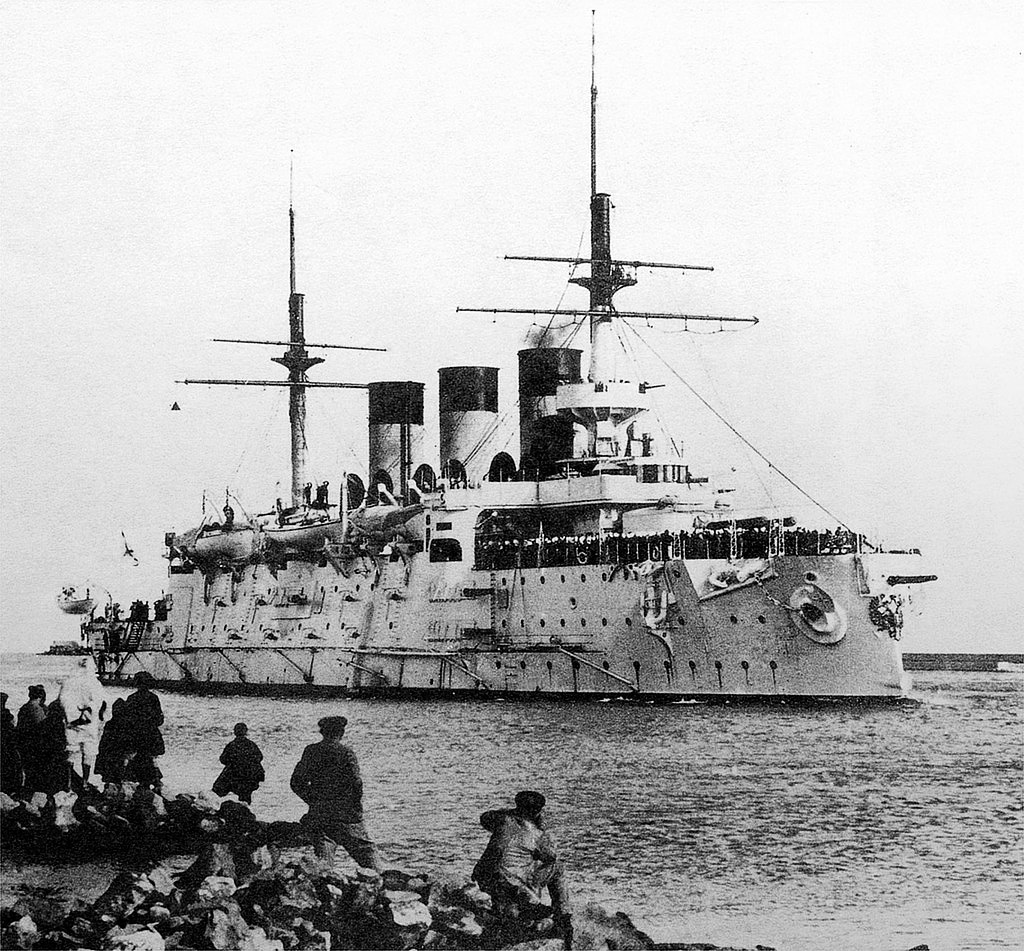
In August 1904, the Russian Navy’s First Pacific Squadron engaged the Imperial Japanese Navy — and both sides saw their battleships take damage. One Russian battleship was severely damaged and five others took slight damage, but all the warships were forced to return to Port Arthur, which was under siege by land. Unable to break out, the Russian warships were stripped of their guns, which helped reinforce Port Arthur’s defenses.
Instead of accepting that the war couldn’t be won, the Russian government responded by forming a Second Pacific Squadron, consisting of 11 of the Baltic Fleet’s 13 battleships. The plan called for the warships to sail from St. Petersburg on the Baltic Sea to the Far East to help relieve the siege of Port Arthur.
From the beginning, the plan had problems — notably that Russia’s newer battleships couldn’t transit the Suez Canal, which necessitated their traveling around Africa’s Cape of Good Hope. The older battleships and cruisers took the shorter route through the canal and the two flotillas met up in Madagascar.
The lengthy journey meant the crews would face weeks at sea before they arrived.
The squadron under the command of Admiral Zinovy Rozhestvensky had barely reached the North Sea, when it mistook British fishing trawlers for Japanese gunboats. The Russian fleet opened fire, sinking a trawler and killing several British fishermen. Even worse, the Russians fired upon two of their own vessels for nearly 20 minutes, in which numerous Russian sailors were wounded or killed. It has been stated the only reason the loss of life wasn’t greater was because of the low quality of Russian gunnery — as the battleship Oryol reportedly fired more than 500 shells without hitting anything.
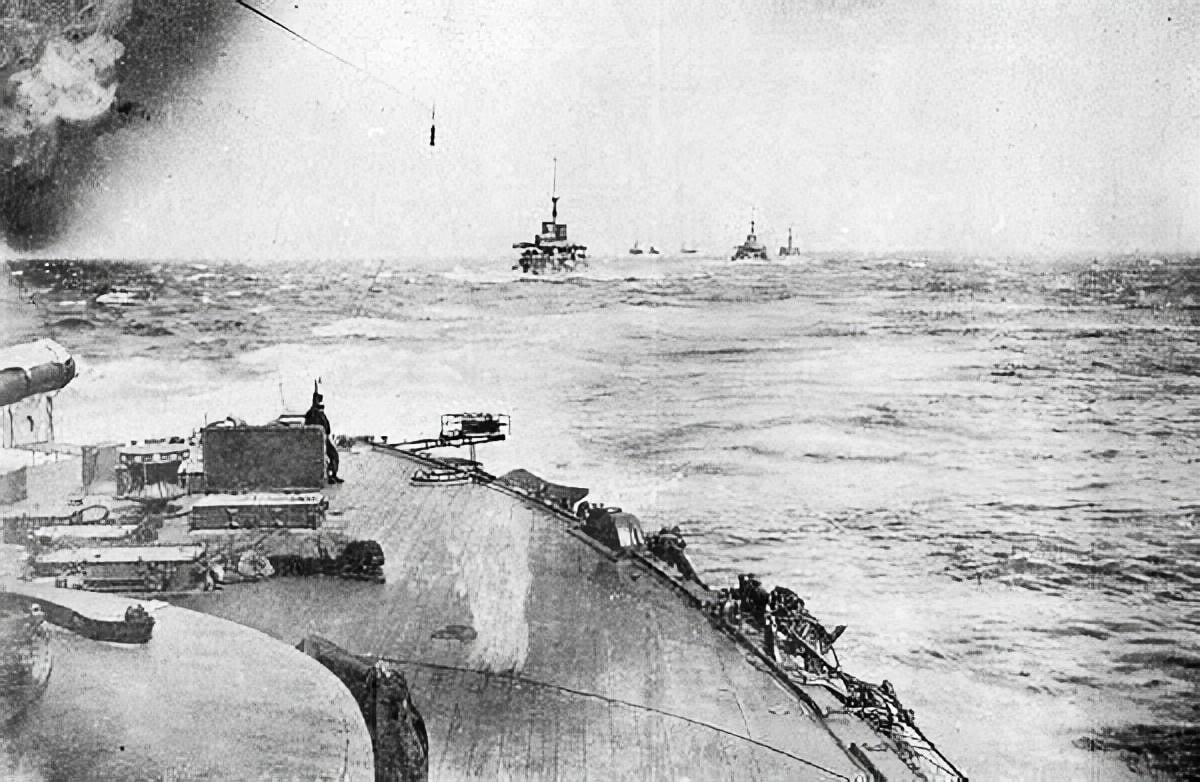
It was a portent of what was to come.
After the combined Russian Second Pacific Squadron completed its 18,000 nautical mile journey, it was already in poor shape. The crews were exhausted and the ships had been pushed to their limit. Meanwhile, the Japanese Combined Fleet under the command of Admiral Tōgō Heihachirō was more than ready.
The Battle of Tsushima began in the pre-dawn hours of May 27, 1905, and continued into the early hours of May 28. It was the first, and arguably last, battleship vs. battleship engagement.

By the time the smoke cleared, seven Russian battleships had been sunk, while 14 other Russian warships also went to the bottom. Four Russian battleships were also captured. The Russian Navy lost more than 5,000 dead and another 6,000 captured. The Japanese lost just three torpedo boats and saw 117 killed.
It was a humiliating defeat for Imperial Russia, and it was the only truly decisive engagement fought between modern steel battleships.
Battleships in World War I
Despite the hype of HMS Dreadnought, it never saw any combat — while the battleships that the Royal Navy built to further improve upon Dreadnought were also unable to produce a knockout flow during the First World War. The only major battleship engagement of that conflict — the Battle of Jutland — was largely indecisive.
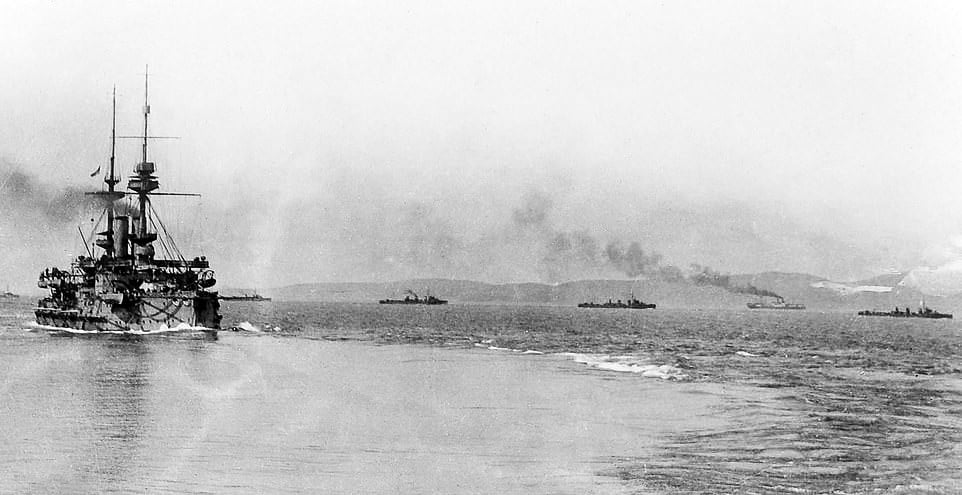
Likewise, battleships had already failed to accomplish their mission during the naval operations in the Dardanelles campaign, which called for an Anglo-French fleet to sell through the Turkish-control Dardanelles Straits and lay siege to Constantinople (Istanbul). The goal was to knock the Ottoman Empire out of the war and open the waterway to aid Imperial Russia.
However, after three pre-Dreadnoughts were sunk, and three more heavily damaged, the Allies changed their strategy and opted to land troops — resulting in the ill-fated Gallipoli campaign. The loss of any additional battleships, despite the potential gain was seen as unacceptable. The Anglo-French fleet was unaware that the Turks were almost out of artillery shells and few mines remained in the waterway.
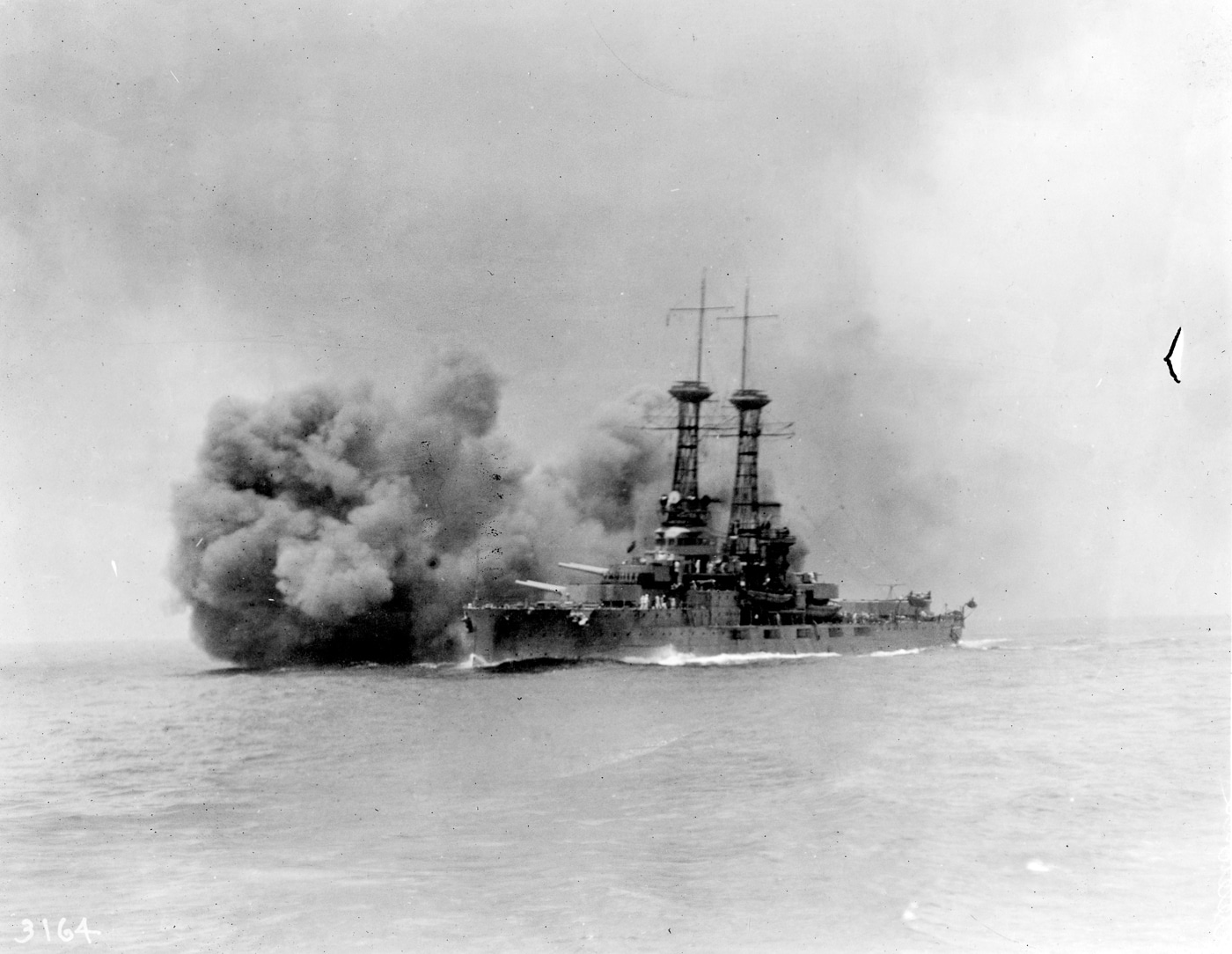
Yet, even had the allies known as much, the French found the losses devastating enough that they feared deploying them. This shed light on a major flaw in the naval planning. Battleships were a major investment, one that naval leaders opted not to risk.
Between the losses at Dardanelles and the stalemate at Jutland, it was found to be better not to risk the warships in combat, which essentially made them expensive platforms that served almost no purpose.
Battleships vs. Aircraft
After the end of the First World War, supporters of military aviation already saw the writing on the wall — aircraft could sink warships. U.S. Army General Billy Mitchell was among those who offered numerous demonstrations, including some where the U.S. Navy attempted to stack the deck in its favor.
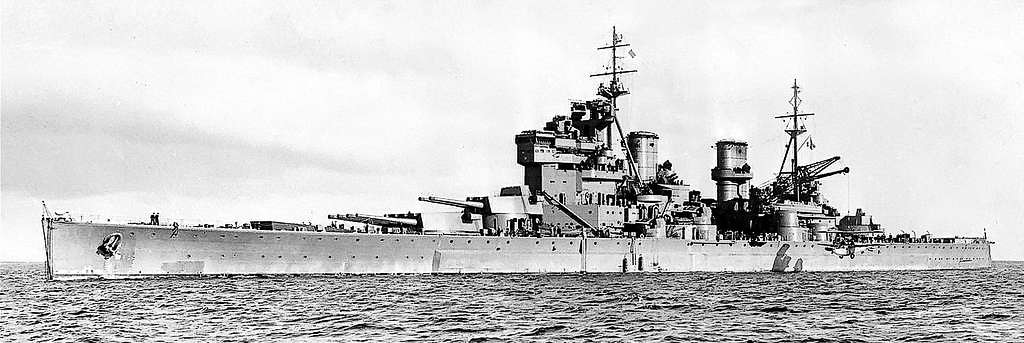
Mitchell didn’t live to see how vulnerable battleships were to aircraft, but during the Second World War, that fact became crystal clear.
On November 11, 1940, twenty-one canvas-winged Swordfish biplanes, flown from the Royal Navy’s aircraft carrier HMS Illustrious, attacked the Italian Navy’s fleet in the harbor at Taranto. It was the first time in history that an enemy fleet had been defeated without ever sighting or engaging the opposing ships.
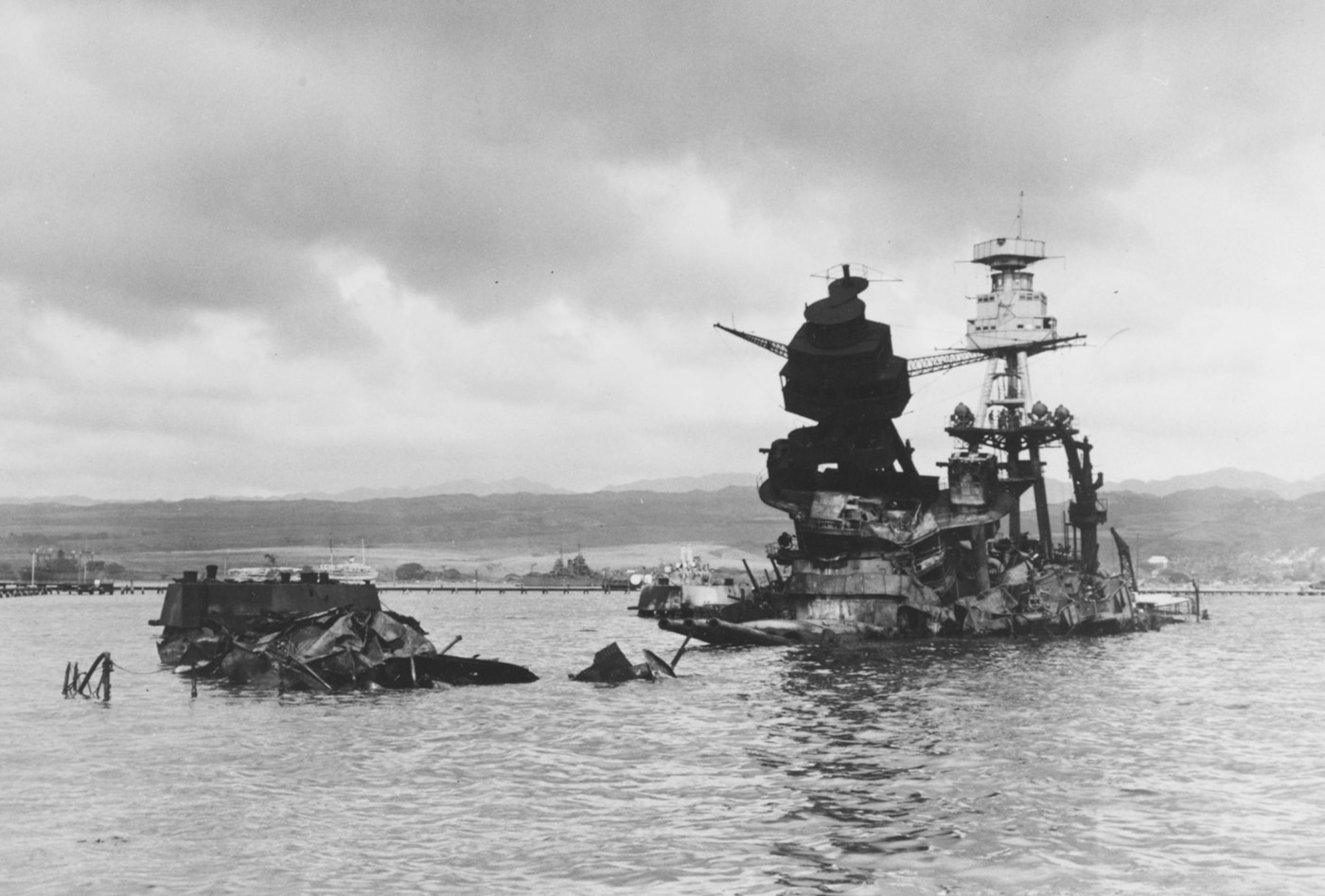
That raid was studied by the Japanese Imperial Navy, which then conducted its aerial attack against the United States on December 7, 1941, sinking four U.S. Navy battleships at Pearl Harbor. Two — USS Arizona (BB-39) and USS Oklahoma (BB-37) — were destroyed and unable to be refloated.
Just days later, the Royal Navy’s HMS Prince of Wales was also sunk by land-based bombers and torpedo bombers off the coast of present-day Malaysia. The warship had been commissioned less than a year earlier. The era of the battleship was largely over.
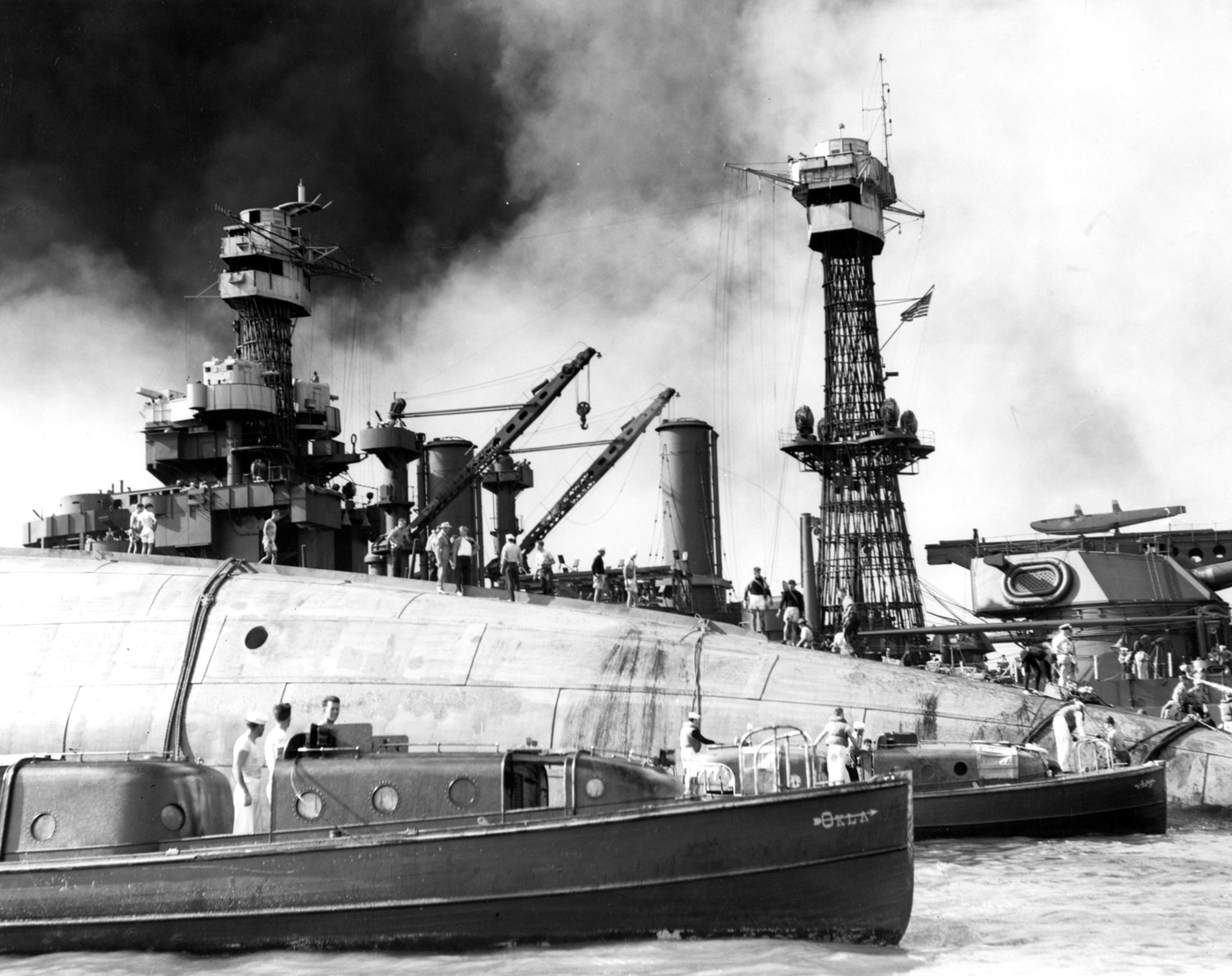
No other U.S. battleships were lost during World War II, but it could be argued that they nearly always had significant fighter cover. The Imperial Japanese Navy’s INS Yamato — the largest battle wagon ever to see combat — was sunk by American planes during Operation Ten-Go in April 1945. The lesson was clear, battleships aren’t unsinkable, and aircraft could send them to the bottom.
Battleships Last Returned to Service
At the end of World War II, the United States Navy had 23 battleships, the most ever operated by a single nation. Most ended up scrapped — but all four Iowa-class battle wagons were retained, and brought back to service for use in the Korean War, while USS New Jersey (BB-62) even saw brief service during the Vietnam War. All of the Iowa class returned to service a final time in the 1980s as part of President Ronald Reagan’s efforts to see a 600-ship-strong U.S. Navy.
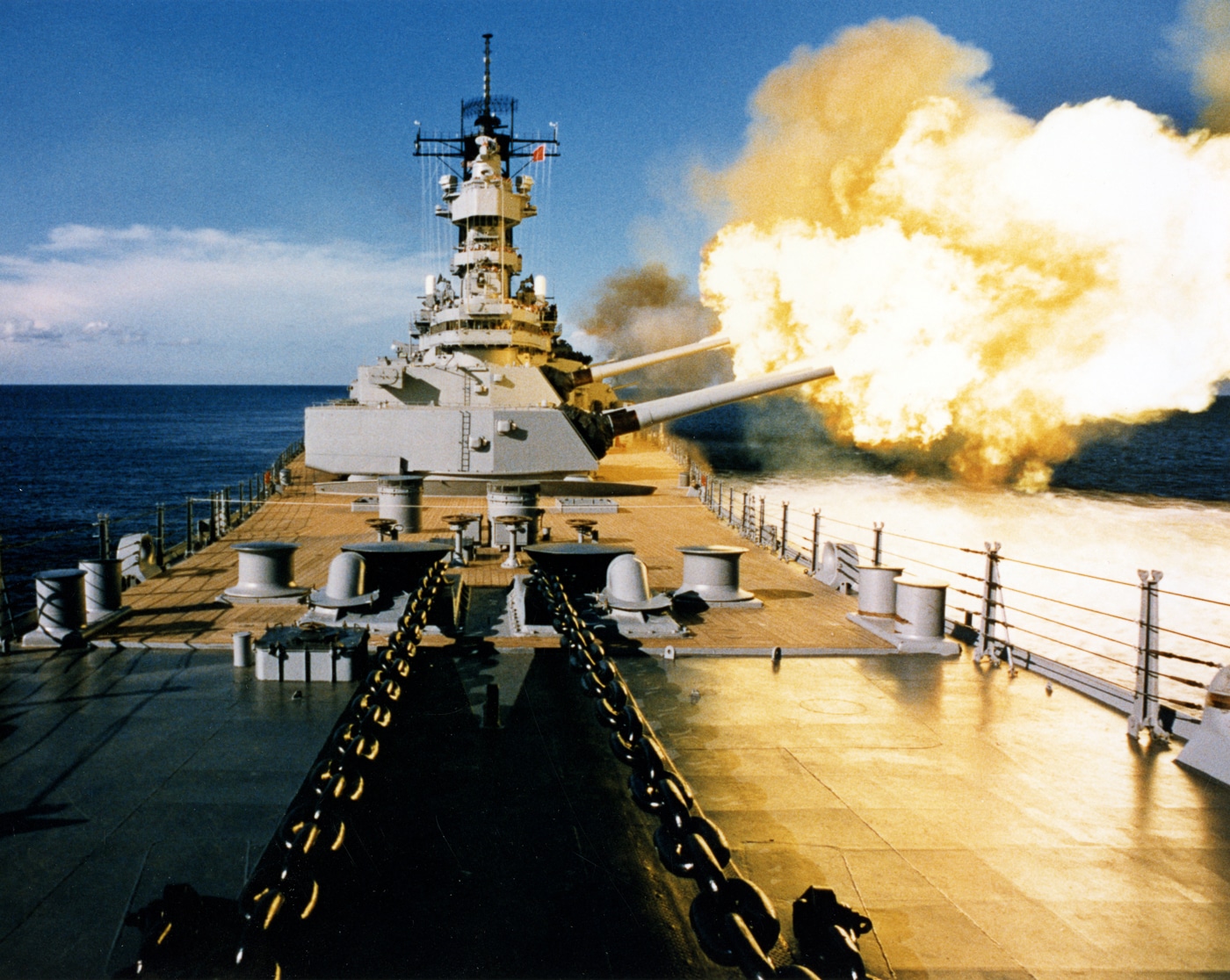
All four are now preserved as museums, and while there are calls for the capital ships to sail again, it won’t happen.
The simplest reason is the cost. It would likely take hundreds of millions of dollars, possibly even billions, to upgrade the four aging warships. Time and the elements have taken a serious toll on the warships. In the spring of 2024, $10 million was spent just to repaint and provide a new coating for BB-62. The warship had to be towed by tugs from her berth in Newark, New Jersey to the Philadelphia Naval Yard to complete the work. The work took several months, yet the battle wagon received no major upgrades.
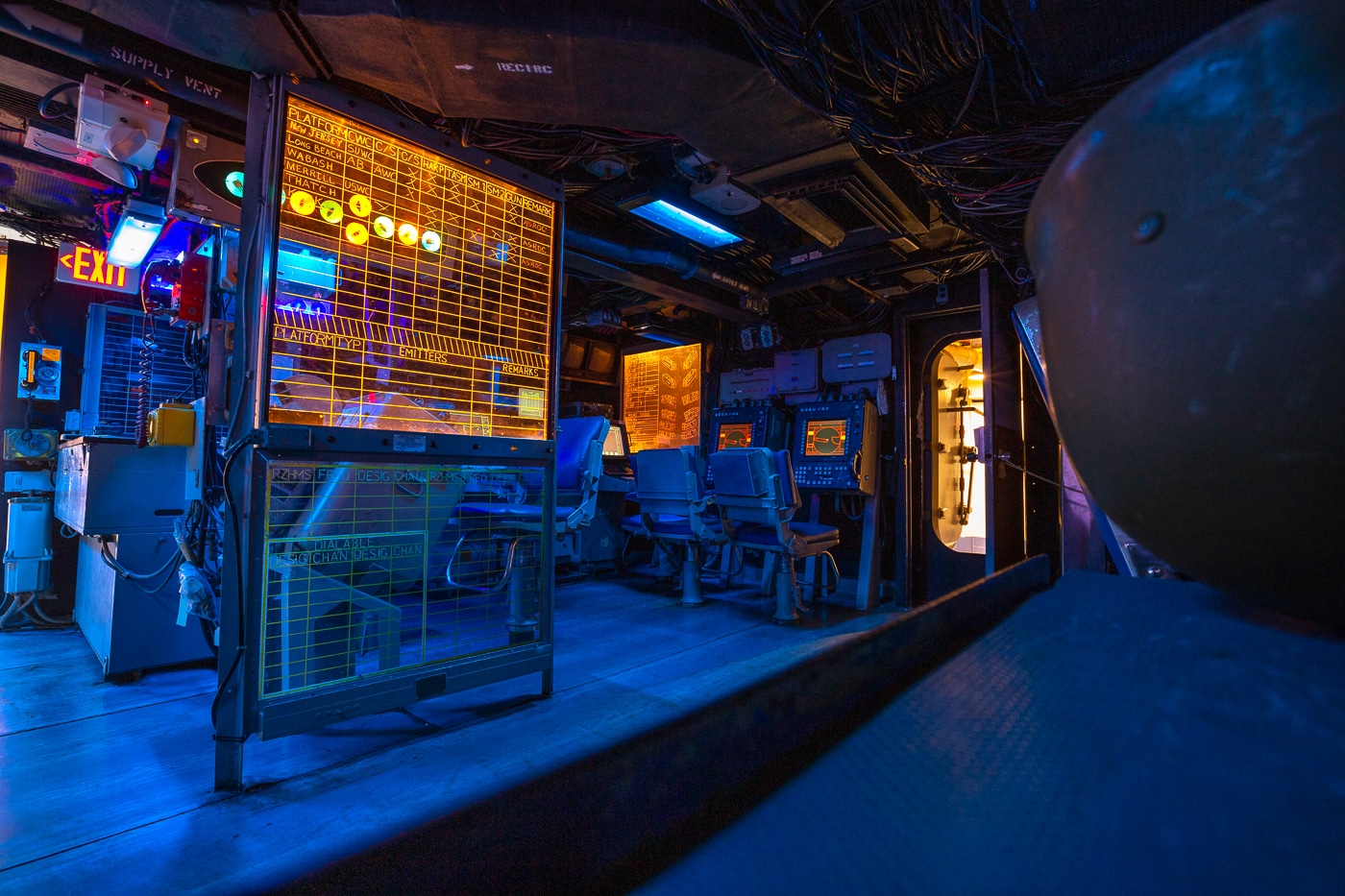
That brings us back to Russia’s Admiral Nakhimov. Billions have been spent modernizing the Cold War battlecruiser, and yet, Russia has guided-missile frigates that are armed with powerful modern weapons.
Then there is the fact that any massive warship requires an equally massive crew. Retrofitting automated systems could help, but that would be expensive and time-consuming. And even then, each vessel would still need more sailors than most navies can afford to assign to a single warship.
And as mentioned, the battleships would be large floating targets.
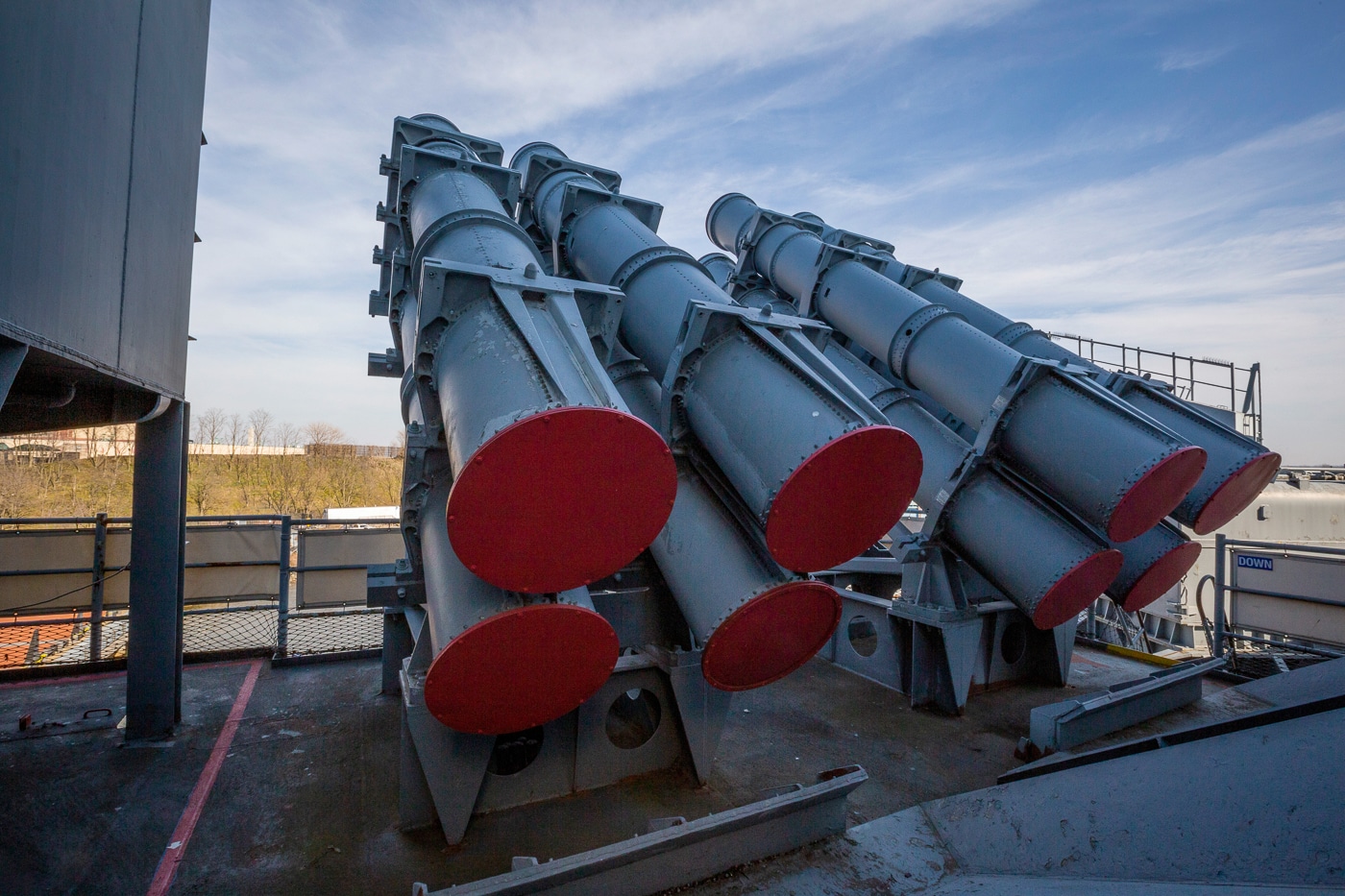
China, Russia, Iran, North Korea, and other potential adversaries are developing advanced weapons — including carrier-killer ballistic and hypersonic missiles. Yes, battleships could be armed with advanced air defense systems and screened by guided-missile destroyers and cruisers. In combat, the battleship and its escorts would need to do everything right and an enemy would only need to get lucky once!
In addition, those smaller warships can do much of what a big gun battleship can do, and they do it more effectively.
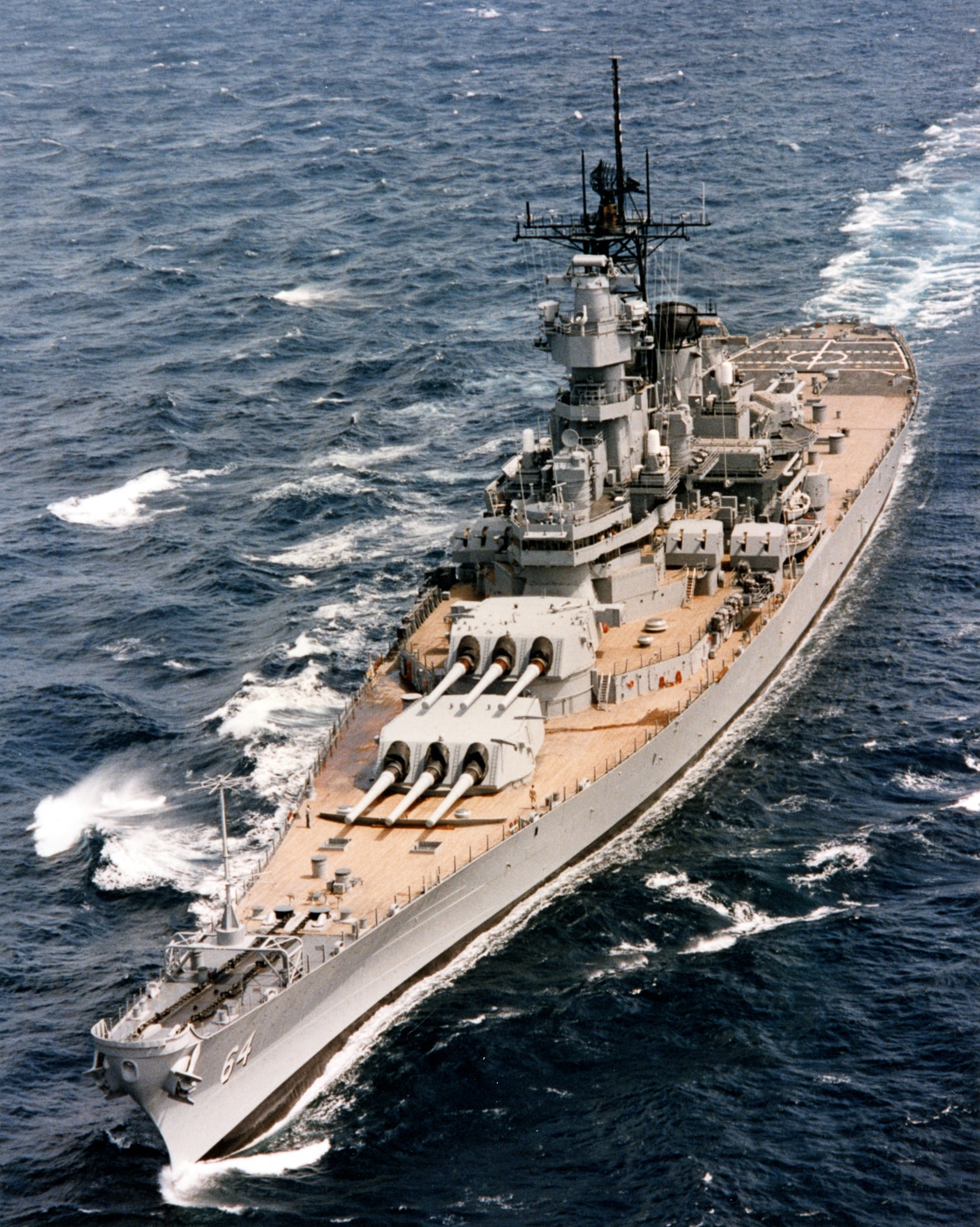
There remains a mystique of the battleship — but returning to service a platform that was last designed in the 1930s would make as much sense as bringing back the B-17 and B-24 bombers. A case could be made that we don’t need 16-inch guns when a few missiles can be more accurate. The Age of the Battleship is very much one that is in the past, and as history shows it didn’t last long and the massive floating fortresses weren’t all that effective.
Editor’s Note: Please be sure to check out The Armory Life Forum, where you can comment about our daily articles, as well as just talk guns and gear. Click the “Go To Forum Thread” link below to jump in and discuss this article and much more!
Join the Discussion
Read the full article here





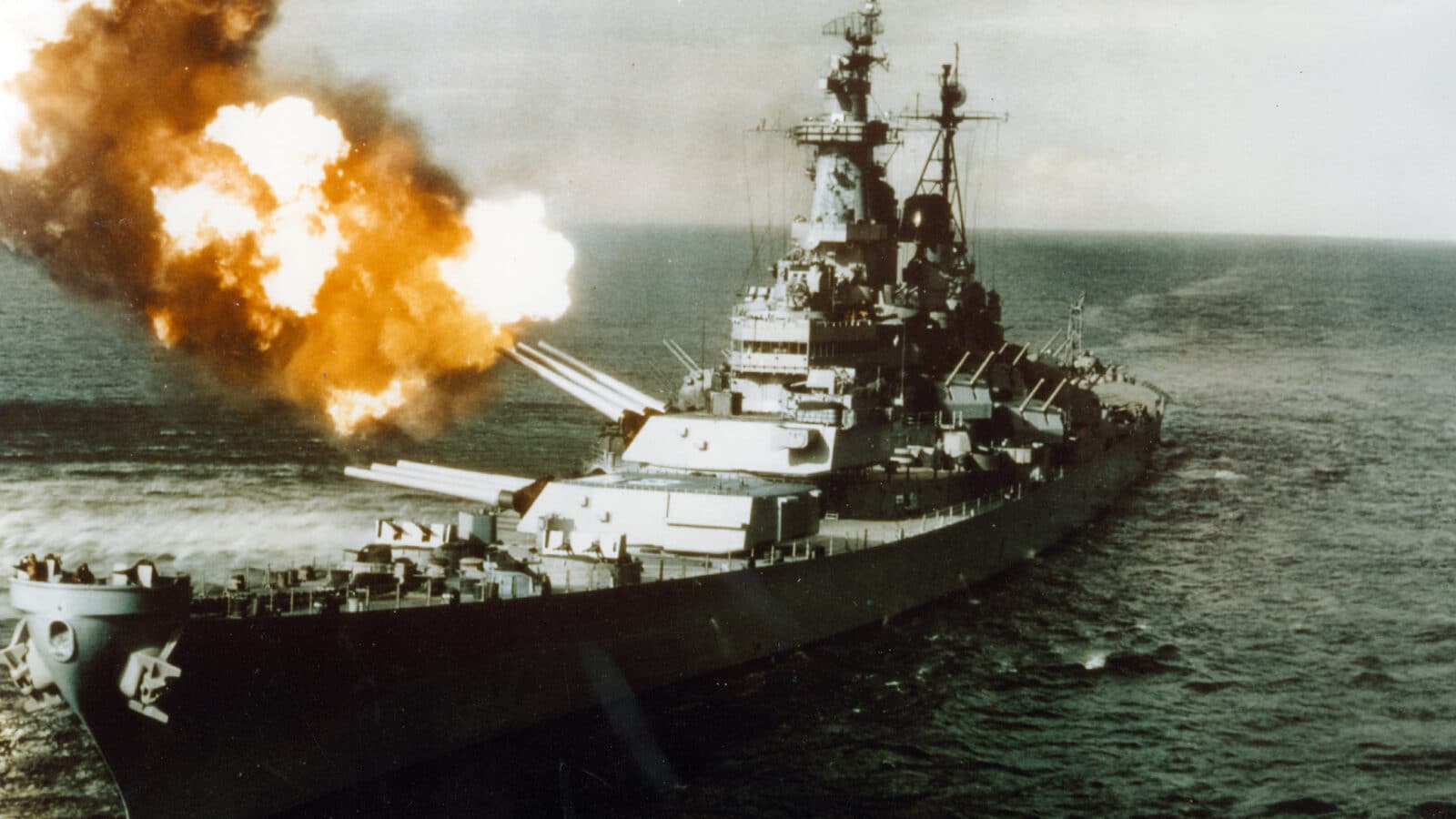









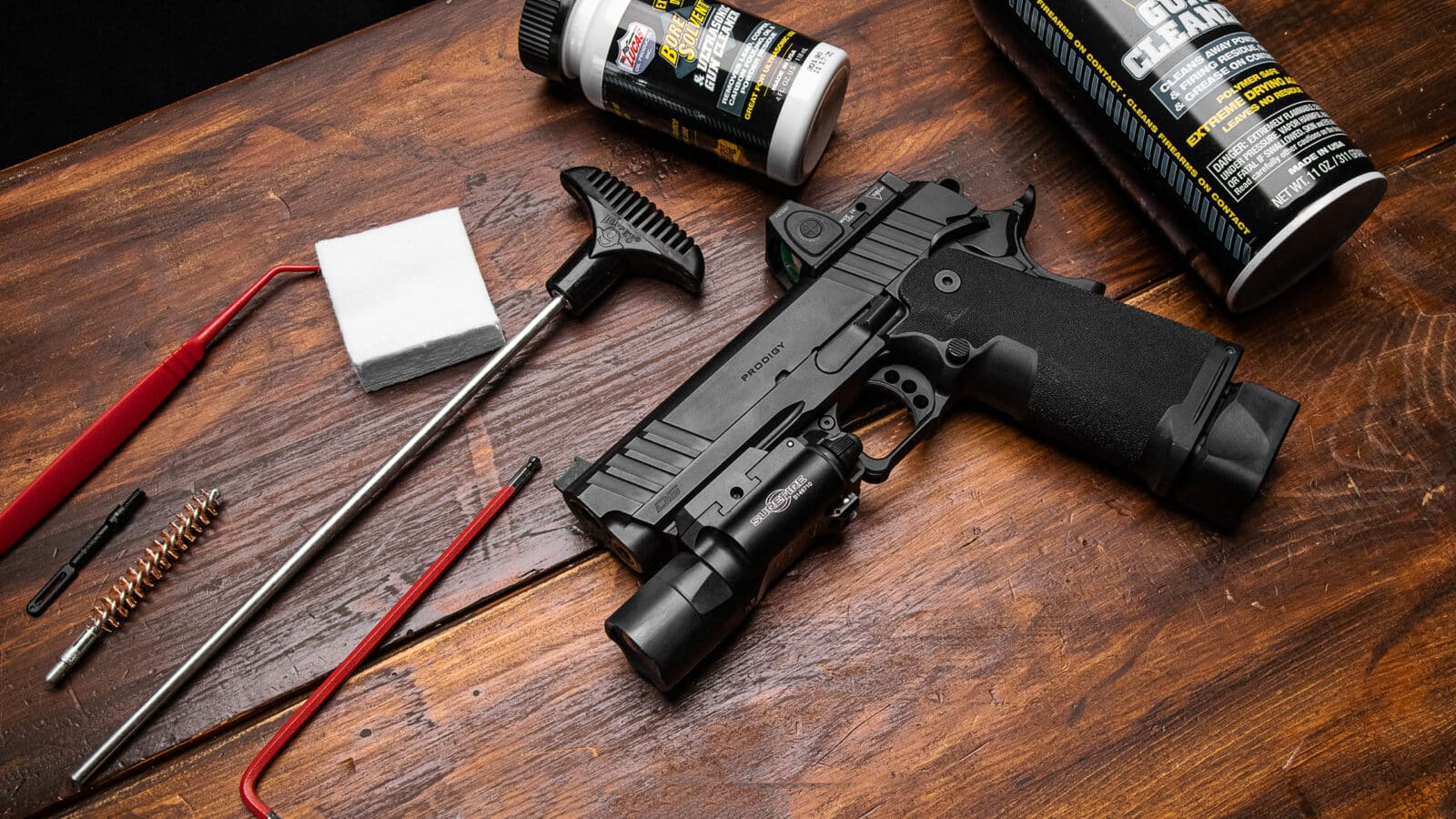

Leave a Reply